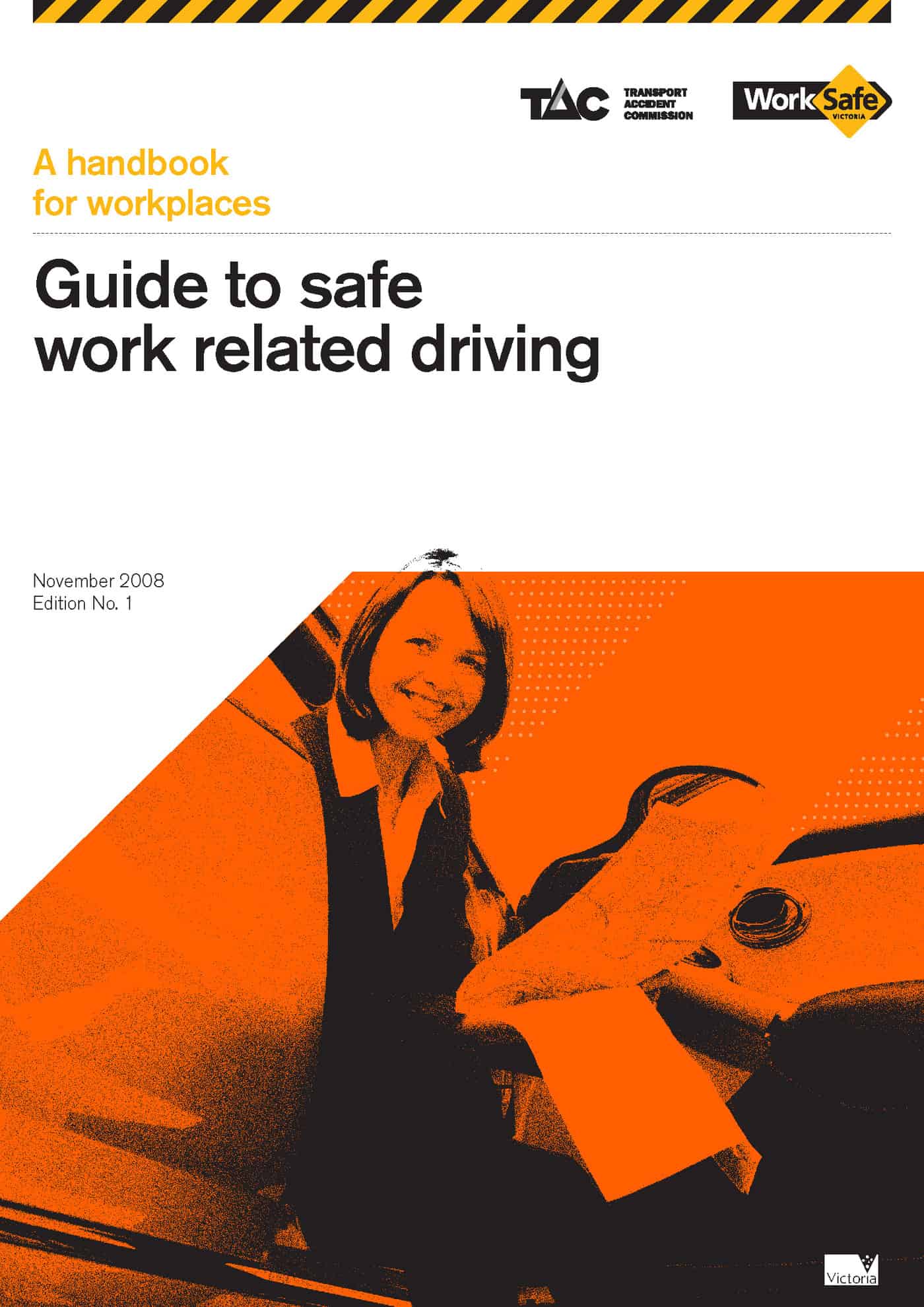On 11 January 2009, John Read posted an article on office design. The first paragraph is below:
“Paying attention to office design and building maintenance are imperative parts to doing business that many company owners ignore. The layout of office interiors can have a deep consequence on the disposition and productivity of staff members and upper management. Providing a well-maintained office is crucial in reference to health and safety issues. Through the use of proper design and upkeep, offices are able to experience some amount of control over the contentment, welfare, and effectiveness of not only their staff members, but themselves also.”
My comment was posted this morning
“The refurbishment and redesign of offices can have a positive effect on the morale of workers if the environment becomes cheery, colourful and refreshing. However, companies often use refurbishment as a cover for more important cultural and organisational issues.
Successful businesses and happy staff come from active personnel management more than from the physical environment in which this occurs.
Companies should not be distracted from organisational issues by window dressing and office redesign is, usually, a low-priority matter that is more often than not, coordinated through an image consultant or brand marketing.
Another risk with office redesign is when the ergonomic, operational and communication needs are not considered at the design stage. In many instances, offices quickly become shabby because workers need to accommodate design deficiencies in order to achieve comfort and peak productivity – additional heating, more lighting, different seating, additional technologies…..
Plants have been advocated as a positive, and functional, presence in offices for decades however, windows that open to allow ventilation, have been around much longer. The environmental design of an office building should be considered before taking on a tenancy.
The definitive government guidance on office safety and design is OfficeWise by WorkSafe Victoria, which is available online.”
Australian electronic media today, and probably the newspapers tomorrow, have been reporting on a new literature study into office design undertaken by Dr Vinesh Oommen from the Queensland University of Technology (QUT) concerning open-plan office design.
A typical example of journalistic hyperbole with a “comical” photo can be found in The Queensland Times from an AAP story.
Dr Oommen is quoted as saying:
“In 90 per cent of the research, the outcome of working in an open-plan office was seen as negative, with open-plan offices causing high levels of stress, conflict, high blood pressure, and a high staff turnover.
The high level of noise causes employees to lose concentration, leading to low productivity, there are privacy issues because everyone can see what you are doing on the computer or hear what you are saying on the phone, and there is a feeling of insecurity.”
Dr Oommen has previously gained media attention with his research in children and junk food.
The media is going to run with this story, particularly now it has appearedon the AAP wires services. Yet we can’t access Dr Oommen’s study in the Asia-Pacific Journal of Health Management as the publication is only for members of the Australian College of Health Service Executives . Until then it is wise to consider the media’s interpretation of an unseen research article before making the decision to redesign your open-office into ripple glass and swinging doors.
To investigate whether your offices are an occupational hazard, you are recommended to remind yourself of the safe design guidelines or, as mentioned above, reread the latest version of OfficeWise, or its sister publication, StressWise.
Let others go off half-cocked while the safety practitioners deal with reality.

